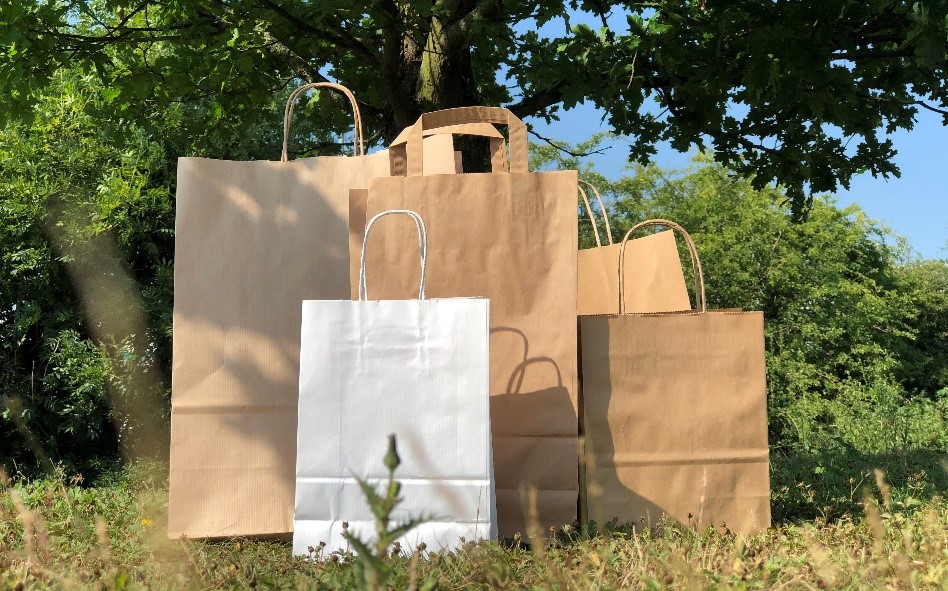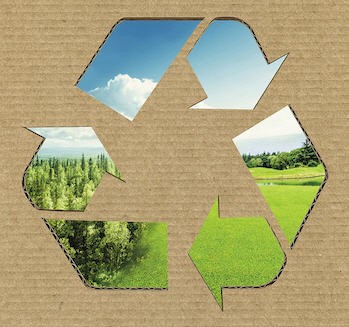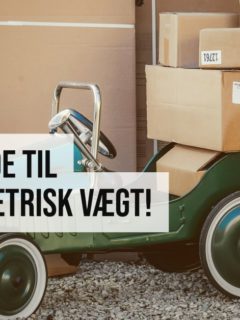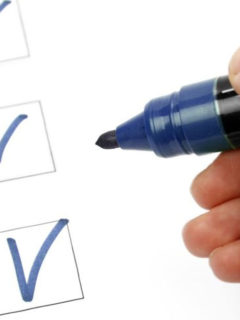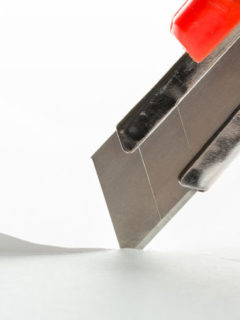A ‘how to’ guide on how to recycle your paper bags:
Scientists predict that by 2050, there will be more plastic than fish in the oceans, which is really scary – that’s why we think a ‘how to guide’ on recycling paper bags (and not plastic) would be a great tool for our customers who want there to be more fish than plastic in the oceans and go in an environmentally conscious direction!
Paper carrier bags are really catching up with plastic, which is great. They’re made from wood, they can be recycled, and they can even be composted – all paper bags just aren’t the same, which is why in this post we’ll look at what recycling is, as well as which paper bags you can compost, and how you can compost (even at home).
Can all paper carrier bags be recycled, and are they environmentally friendly in the end?
Virtually all paper bags can be recycled, precisely because they are made of paper. The bags can either be biodegradable or made from recycled pulp, which is converted into new paper bags.
Paper is clearly the winner of eco-friendly and sustainable packaging – it can be easily recycled as long as they are free of things like plastic coatings, inks and other pollutants.
Brown paper bags – how can they be recycled?
These bags can be recycled in many ways. The term ‘paper recycling’ covers many forms: from pulp being converted into new bags/products, to shredding and use as filler in other packaging products, or they can be biodegraded and/or composted.
Paper bags with a greaseproof coating can actually also be recycled as long as the coating is made from organic waxes. If you deal with food, for example, check this before ordering your bags. Bags that are plastic lined or treated with other chemicals are not so easy to recycle as it is difficult to separate the paper and plastic. However, bags treated with polyethylene plastic can be recycled, but the separation is still a problematic and more demanding process than with the completely clean bags. Recycled bags that have been coated are considered by the recycling industry as ‘mixed paper’ and are not usually recycled – therefore it is beneficial if they can be composted in a simple way.
Organic waxes, such as soybean wax, can be digested by worms and microbes in a composting process – but some waxes are mixed with oil-based/petroleum-based additives which can be toxic to microbes and worms. Therefore, you need to carefully research the type of coating used and it can be a laborious but rewarding process. Paper bags that have handles made of a material other than paper, for example, can also be problematic to recycle. Here, you need to make sure that the handle is made of biological material and glued with organic glue.
That said, it’s not the coated paper bags in mixed organic waste that are the biggest culprit – plastic coated bags or packaging used for milk or juice are also mixed materials and they can be recycled, so it’s worth getting to grips with your materials when you want to go green.
The concept of recycling:
What does ‘recyclable paper bags’ mean? It simply means that the paper bags are approved to be recycled for other purposes after you’ve used them – it’s entirely up to you how you want your used paper bags to be recycled. In our experience, people either compost them, turn them into pulp, or use the bags for new purposes (as bags in other projects, or as package filling).
The Ministry of Environment and Food explains the concept of recycling:
“Any recovery operation in which waste materials are reprocessed into products, materials or substances, whether used for the original purpose or for other purposes. This includes reprocessing of organic material, but excludes energy recovery and reprocessing into materials to be used for fuel or for backfilling operations.” This means that the materials in the waste are reused. Waste glass is melted down into new glass products, gypsum is crushed and used in the production of new plasterboard, etc.
Composting paper bags ‘How To’:
Basically, all paper bags without any kind of contamination can be composted. Which is a very energy efficient way to protect the environment. In the process, it is important to use a mix of “brown” as well as “green” materials for the decomposition, and what do we mean by that? Ordinary brown paper, cardboard and dead leaves, combined with grass clippings and green kitchen waste, are perfect ingredients to fuel composting.
So if you want to take up composting at home, which is actually gaining interest, build a compost heap in your garden. Fill the bottom with garden waste such as soil, leaves and grass, then start adding your compostable/bio-waste. Food scraps from your kitchen are ideal for this purpose! – As the worms and microbes from the bin waste start to digest, you can add other material such as the clean paper bags, but preferably not too many as the few microbes there need to be able to eat it, but eat it they will.
This ultimate mix will give you a superb form of fertiliser in the long term, which you can use in your garden when you need vegetables and flowers to grow!
Converting to pulp – how? :
If you need to make new paper bags from the old ones, then the bags need to be converted into pulp. This is done by shredding, cooking and turning the bags into a uniform pulp. Then the pulp is pressed to remove all the water and it binds – then rolled out into new sheets which are used for new paper products. This is, as you can probably tell, a slightly bigger and more industrial process, which requires a lot of knowledge.
To sum up…
The current publicity and attention on how to be more environmentally conscious in all aspects of life means that consumers are making great demands on us as companies and expecting us to take a stand. Therefore, we hope that the above was a small appetizer to help you start your journey into the ‘eco-friendly sea’.
Sustainability is a huge subject that can be really difficult to master and because there are so many aspects, from production to transport, to take into account, it is a heavy but rewarding process to embark on. Give it the thought that makes sense to you – and take the environmental action that will create value for your business, your customers and ultimately the environment – don’t make a bigger loaf than you can bake, but start in one place (e.g. packaging) and look at what you can do here.
3 tips:
- Reduce the amount of plastic.
- Choose paper or biodegradable packaging.
- Choose packaging that is produced in environmentally friendly conditions.
If you need further advice on environmentally friendly packaging, please contact our specialists on tel. 44 58 77 00 or info@rajapack.dk. You also have the option to go online and see our wide range of paper bags, and other eco-friendly alternatives.
Happy sustainable day from here 😀











